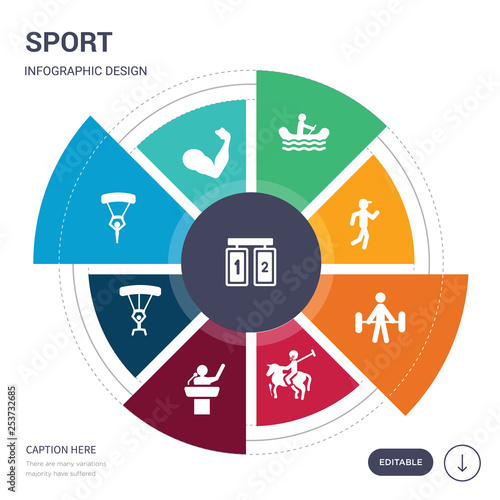The Global Journey And Development Of Martial Arts Throughout Background
The Global Journey And Development Of Martial Arts Throughout Background
Blog Article
Uploaded By-Egeberg Liu
Martial arts have an interesting history that extends centuries and continents. You may find it interesting how old techniques like Shuai Jiao and Kalaripayattu prepared for modern-day combat methods. These self-controls not only emphasize physical abilities yet likewise mirror the societies that birthed them. As you explore their development, consider just how globalization has changed these typical types into crossbreed styles. What influences do you believe have formed today's martial arts landscape?
Ancient Martial arts: The Structures of Combat
As you explore the globe of ancient martial arts, you'll uncover the abundant structures that formed battle methods across societies. Very early practices concentrated on Self-Defense and survival, usually incorporating strikes, grappling, and weapons.
In old China, for example, techniques like Shuai Jiao emphasized throws and joint locks, while India's Kalaripayattu showcased dexterity and liquid activity. Recommended Browsing developed Kenjutsu, a polished swordsmanship that highlighted self-control and approach.
These martial arts served not just for fight but also as a means of personal development, instilling values like regard and perseverance. The mixing of these strategies with time prepared for the diverse martial arts you see today, each showing the one-of-a-kind viewpoints and requirements of its society.
The Cultural Impact on Martial Arts Development
While martial arts frequently show the useful needs of a society, they likewise embody the cultural worths and beliefs of their beginnings. When you explore different martial arts, you'll see how they're affected by religion, ideology, and social norms.
For example, the focus on respect and technique in Japanese martial arts stems from Zen Buddhism and samurai society. In https://variety.com/2022/tv/global/warnermedia-kids-family-teamto-jade-armor-1235220845/ , Brazilian Jiu-Jitsu advertises flexibility and technique, shaped by the requirement for effectiveness in a varied, modern atmosphere.
You may find that the routines, attires, and training approaches mirror a community's background and identification. By understanding these cultural influences, you deepen your admiration of martial arts and their function in shaping human experiences across the globe.
Modern Adaptations and the Globalization of Martial arts
Martial arts have actually changed dramatically in recent decades, adjusting to contemporary society and international impacts. You'll see that typical types have mixed with contemporary strategies, developing hybrid styles like MMA. These adjustments accommodate varied target markets, making martial arts easily accessible and attractive worldwide.
With the rise of social networks and digital systems, you can find tutorials and competitors from all edges of the globe, breaking geographical obstacles. This globalization has actually led to a shared appreciation for numerous self-controls, from Brazilian Jiu-Jitsu to Taekwondo.
As you engage with these arts, you'll recognize they're not just about fight; they promote physical fitness, discipline, and mental health.
Inevitably, modern adaptations have actually improved the martial arts landscape, making it a dynamic and evolving practice.
Final thought
In discovering the history and evolution of martial arts, you discover a fascinating blend of methods, cultures, and viewpoints. From old disciplines like Shuai Jiao and Kalaripayattu to the contemporary versatility seen in mixed martial arts, martial arts reflect humankind's pursuit for Self-Defense and individual development. As you engage with these methods, you not just obtain abilities but also a much deeper appreciation for the varied traditions that form our world today. So, proceed your journey and accept the art of combat!
